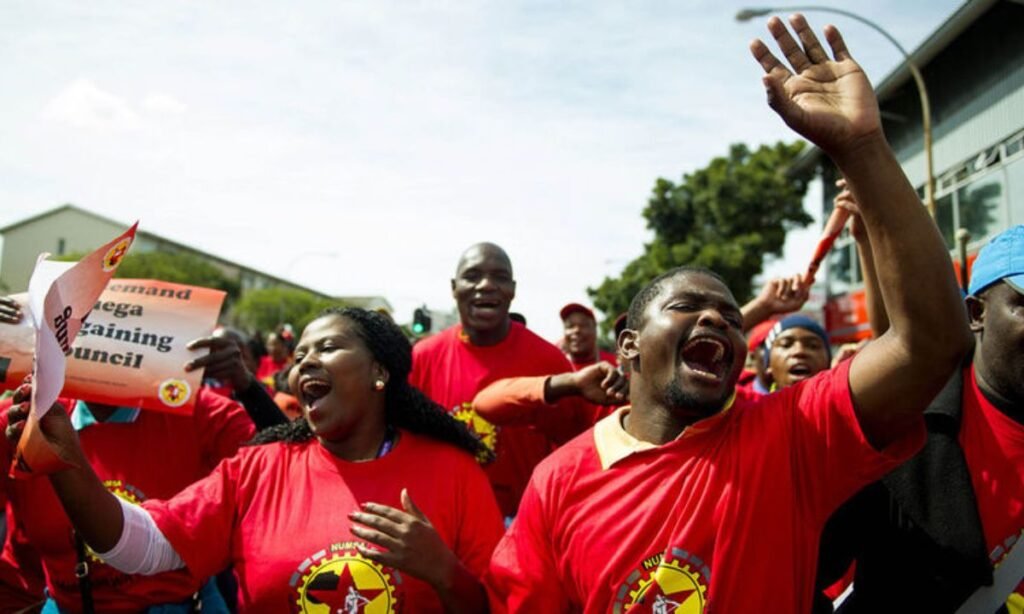South Africa has announced a significant wage policy shift in 2025, with the National Minimum Wage (NMW) increasing to R28.79 per hour. Effective from 1 March 2025, this rise aims to improve the financial wellbeing of millions of workers across the country, especially those in lower-income brackets. Although this development has been welcomed by many, understanding the broader implications is key to evaluating how much of this increase will actually reach workers’ pockets.
A Closer Look at the Wage Hike
The new minimum wage rate of R28.79 represents a 4.3% increase from the previous rate of R27.58. This rise extends to all workers, including those in the agricultural and domestic sectors, as well as participants in the Expanded Public Works Programme (EPWP), where the hourly wage has gone up from R15.16 to R15.83. The government’s objective is clear: to uplift low-wage earners and reduce income inequality. However, whether this adjustment translates into genuine financial improvement depends on several other economic variables.
Who Stands to Benefit the Most?
The direct beneficiaries of this increase include domestic workers, farm workers, contract cleaners, and EPWP participants. These are sectors traditionally marked by low pay and limited benefits, so the adjustment offers a long-overdue financial boost. Additionally, businesses in retail, hospitality, and service industries may also feel indirect benefits, as increased earnings among low-income workers typically translate into stronger consumer spending. Still, much of this gain could be eroded if rising inflation and taxation are not adequately addressed.
Inflation and Sector-Specific Increases

While the NMW sets a baseline, various sectors are offering independent salary adjustments to stay competitive and retain skilled staff. For instance, finance and IT professionals may see increases of up to 11%, while retail and hospitality workers are expected to receive more modest raises between 3% and 5%. The public sector has already approved a 5.5% increase for the 2025 -2026 fiscal year. These sectoral changes are in line with the country’s projected inflation rate of 4.3%, but they may not be sufficient to protect take-home pay from hidden threats.
Understanding the Impact of Bracket Creep
A key concern emerging from the wage hike is bracket creep. This occurs when inflation-driven salary increases push workers into higher tax brackets, increasing their effective tax rate even though official rates remain unchanged. For example, an employee earning R30,000 per month who receives a 5% raise will see their income rise to R378,000 annually. But with no inflation-adjusted tax brackets, the tax burden grows disproportionately, eating away at the wage increase. This silent tax pressure particularly affects middle-income earners, who may find themselves earning more on paper but taking home less in real terms.
How Workers Can Maximise Their Income
To ensure they benefit from wage hikes, workers need to adopt strategic financial planning. Negotiating salary increases that exceed inflation and tax bracket limits can help preserve net income. Optimising contributions to retirement funds or tax-free savings accounts is another effective method to lower taxable income. Employees should also consider re-evaluating their overall compensation structure, exploring non-taxable perks or allowances. Consulting a financial advisor may provide tailored strategies that suit individual circumstances, especially in a tax environment that hasn’t kept pace with inflation.
Employer Responsibility and Regional Variation
Employers are not just responsible for complying with the new wage law they also play a critical role in supporting their workers’ financial wellbeing. Offering tax literacy programs, performance-based bonuses, or structured pay reviews can help employees make the most of their earnings. It’s also important to recognize that the real impact of the wage hike varies by region. In provinces like Gauteng and the Western Cape, where the cost of living is higher, the increase may feel less substantial. In contrast, in rural areas, the additional income could significantly improve living conditions. Employers with a national workforce may need to adopt location-sensitive compensation models to ensure equity.
As South Africa steps into a new wage landscape in 2025, both workers and employers must navigate the complex interaction between increased earnings and broader economic realities. With careful planning, proactive negotiation, and financial literacy, the wage hike can become more than a symbolic victory it can become a real tool for improved living standards.

